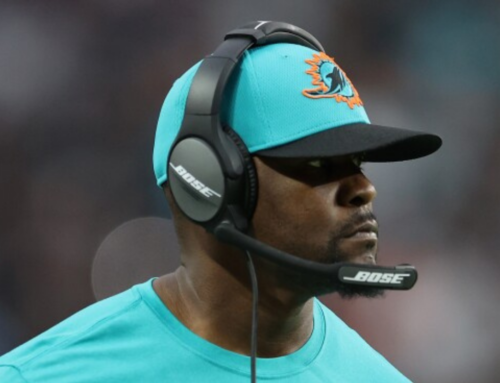Diversity training has seen a massive uptick in the last four years, despite research questioning its effectiveness at changing behavior and suggesting that it may elicit backlash against underrepresented groups. Indeed, one study found that “members of high-status groups feel threatened by pro-diversity organizational messages,” and another study found that men at large companies are more likely to say they experience bias than women are.
Why does this research matter? Beyond the fact that leaders should have empathy for all of their employees, research by Boston Consulting Group shows that 96% of companies who engage men in gender inclusion programs see progress, whereas only 30% of organizations see progress when men are not involved. It’s time to be more inclusive and provide managers with inclusion training. By aligning men with inclusion efforts, inclusion programs are much more likely to succeed than diversity programs alone.
If we are to train leaders to be inclusive, we need to know what makes people feel included. Luckily, there is strong research to answer this question, and it comes down to the most important human drives: to be a unique self while belonging to a group. These two elements — uniqueness and belongingness — create an optimal level of distinctiveness and underlie the concept of inclusion. Thinking about these two distinct needs can help leaders change their behavior in a way that increases inclusion.











Leave A Comment